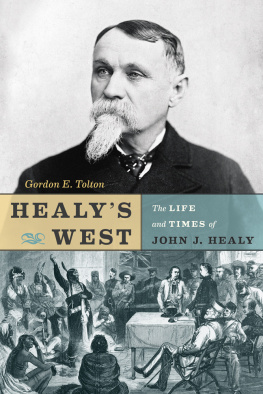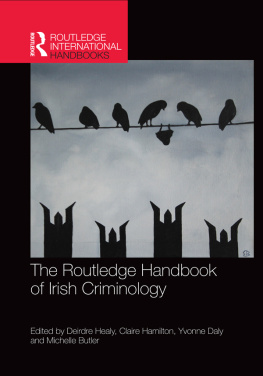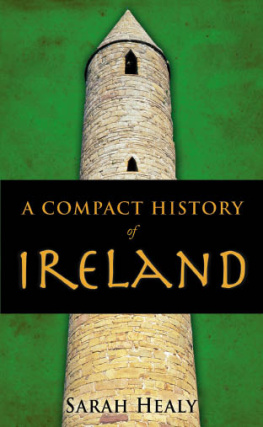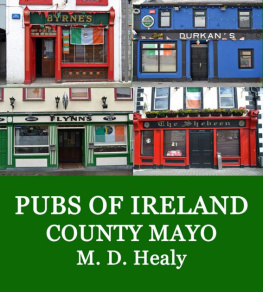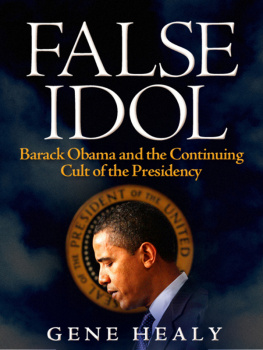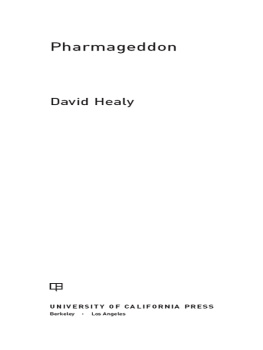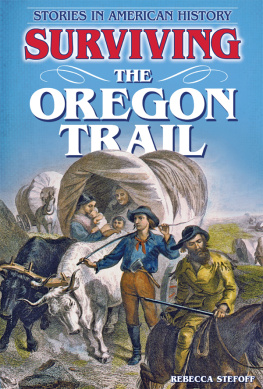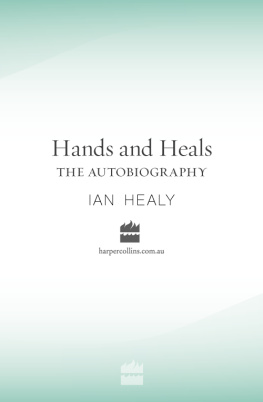ACKNOWLEDGEMENTS
I WOULD LIKE TO THANK Robert Cook, genealogical researcher, Ottawa, ON; Gerhard Ens, University of Alberta, Edmonton, AB; Shirlee Crowshoe, Piikanni Nation, Brocket, AB; Richard Shockley, Doran Degenstein, David Gabert and Anne Reid, Fort Whoop-Up National Historic Site, Lethbridge, AB; Rick Green, independent researcher, Calgary, AB; Cliff Healy, Brooks, AB; John Motherwell, Victoria, BC; Arlene Schmuland and Mariecris Gatlabayan, University of Alaska, Anchorage, AK; Fyodor Soloview, InterBering, Anchorage, AK; Nancy Thornton, Old Agency on the Teton, Inc., Choteau, MT; Emma Toman, Sun River, MT, local historian and owner of the former residence and trading post of Johnny Healy; Perry Davis, Canmore, AB; Ken Robison, River & Plains Society, Fort Benton, MT; William MacKinnon, author and historian of the Utah War, Santa Barbara, CA; Ted Behne, historian and author of a pending biography of Edwin Tappan Adney, Woodstock, NB; Lori Porter, Lethbridge, AB, and Elizabeth Mansuy-Pooler, Saskatoon, SK, for moral support; the staff of the Coaldale Public Library; and all of the fine folks at Heritage House, especially Rodger Touchie, Lara Kordic, Jacqui Thomas, and Leslie Kenny.
Lastly, I acknowledge the support of my wife, Rose Tolton, my daughter, Robyn, and my mother, Jo Tolton.
AFTERWORD
IN ANY ERA, JOHN J. HEALY would be recognized as having the foresight to know where a crowd was headed and to get ahead to sell tickets. His trend-setting vision, along with his tenacity, were his greatest strengths. But that same resolve proved useless in the boardroom. Such determination caused him to overreach, when even his temper and ethics could strike no victory against the powerful or the impossible. The door he opened for so many was often slammed on him, and sometimes he walked right into it.
The greater tragedy of Healys life was that so many of his children left the earth before him. But the Healy name thrives within the Kainai Nation, also known as the Blood Tribe, where Johnnys descendants are the progeny of PotainaJoe, his adopted son. Tuberculosis took Joes first wife and a daughter; his second wife, Double Gun, brought to the marriage her own daughter, Rosie.
Rosie Davis was the last surviving witness of a working Fort Whoop-Up. Her interviews countered the notorious reputation offered of her adoptive grandfather: I get mad, real mad, because its not true. My father (Joe) was raised by the Healys. He could have been a dead man if not for them. In all, Joe and Double Gun Healy raised ten children, leaving a perpetuating Irish name among the Kainai.
In declining years, Regina Healy Mettler, sole survivor of Johnnys natural family, bequeathed much of what is known about the private Healy to Montana historian Virginia Struble Burlingame, lending gravitas to legends and myths. Burlingames unpublished manuscript was aimed at the juvenile reader and the television market, which in the 1950s brought a fictionalized version of Americas history to enthused audiences. Scripts were submitted based on John Healy, but Hollywood passed. Frontierland didnt include Healys west.
In 1937, Tappan Adney dated his last attempt to assemble the biography of Healy. It remained with his papers, archived at Dartmouth College in New Hampshire after his passing in 1950. His book was never finished, but the manuscript remained a boon to the biographers following his path. From that very manuscript, Adney counselled us against mythmaking in Johnnys story:
Healy was a Man of the West; not the west of the movies, of the Western Story pulps... Healys West was the West of the Free Trappers, army post, and hostile Indians, and the Buffalo that roamed the plains in countless numbers supplying abundant food for the untamed Sioux and Blackfeet. When the buffalo petered out from ruthless slaughter (by white men), then only could the Indians be herded into reservations, and to a reasonable extent kept there by government issues of food and blankets. Healys West was that of the gold miners, too, the over flow from the placers of California. It was the West of overland trails, covered wagon trains from the East... Of [this] real pioneer period and the men who took their part in opening up the country... but little has been recorded, for the writers had not yet arrived on the scene.
ABOUT THE AUTHOR
RAISED ON A FAMILY FARM near Taber, Alberta, Gordon E. Tolton is an amateur historian, re-enactor, author, and raconteur. While working in the agricultural, construction, and service industries, he volunteered for several heritage-related societies and historic sites and became immersed in history while learning the disciplines of writing, archiving, and museum practices. Gord was the history coordinator for the United Farmers of Alberta and has been associated with Fort Whoop-Up National Historic Site for over twenty-two years. His interests centre on the cross-border trade of the late 1800s, the 1885 North-West Rebellion, and the history of agriculture in Alberta. He is the author of five previous books, including Cowboy Cavalry and Prairie Warships. He lives in Coaldale, Alberta, with his wife, Rose.
BIBLIOGRAPHY
BOOKS
Adney, Tappan. The Klondike Stampede. New York: Harper & Bros., 1900.
. The Travel Journals of Tappan Adney, 18871890. Edited by C. Ted Behne. Fredericton, NB: Goose Lane Editions, 2010.
Allan, Iris. White Sioux: The Story of Major Walsh of the Mounted Police. Sidney, BC: Grays Publishing, 1969.
Anderson, Ian. Sitting Bulls Boss: Above the Medicine Line with James Morrow Walsh. Surrey, BC: Heritage House Publishing Co. Ltd., 2000.
Archer, John H. Saskatchewan: A History. Saskatoon: Western Producer Prairie Books, 1981.
Arima, Eugene Y. Blackfeet and Palefaces: The Pikani and Rocky Mountain House. Ottawa: Golden Dog Press, 1995.
Asbury, Herbert. The Gangs of New York. New York: Alfred A. Knopf, 1927.
Atkin, Ronald. Maintain The Right: The Early History of the North West Mounted Police. Toronto: Macmillan, 1973.
Atwood, Mae, ed. In Ruperts Land: Memoirs of Walter Traill. Montreal: McClelland & Stewart, 1970.
Bancroft, Hubert Howe. History of the Pacific States of North America, Vol. XXV: Oregon, Vol. II: 18481888. San Francisco: The History Company Publishers, 1888.
. History of Washington, Idaho, and Montana: 18451889, Vol. XXI. San Francisco: The History Company Publishers, 1888.
Barkhouse, George. The Little Giant. Toronto: Natural Heritage/Natural History, Inc., 1989.
Basque, Garnet, ed. Frontier Days in British Columbia. Langley, BC: Sunfire Publications, 1992.
. Gold Panners Manual. Langley, BC: Stagecoach Publishing, 1974.
Beal, Merrill D. I Will Fight No More Forever: Chief Joseph and the Nez Perce War. Seattle: University of Washington Press, 1963.
Berry, Gerald L. AlbertaMontana Relationships, Edmonton: University of Alberta, 1950.
Berton, Laura Beatrice. I Married the Klondike. Toronto: McClelland and Stewart, 1954.
Berton, Pierre. Klondike: The Last Great Gold Rush 18961899. Toronto: McClelland & Stewart, 1958.
. The Klondike Quest, A Photographic Essay/18971899. Toronto: Stoddart, 1997.
. My Country: The Remarkable Past

